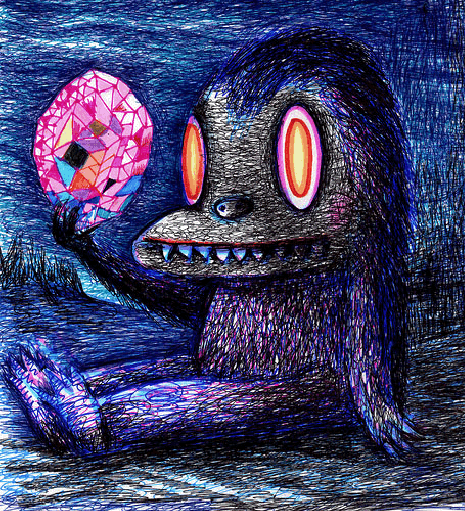The Animated GIFs capitalize on the Gif format's ability to contain multiple fames set into a signal file utilizing a Web Browsers or other piece of softer to play these images back in
sequence automatically. Images are introduced by its own Graphics Control Extension (GCE), assigning delay times between the rendering of the different frames. The data is
streamed so the file offset at the start of each GCE depends on the length of preceding data. Within each frame the Lempel–Ziv–Welch (LZW coded) image data is arranged in subblocks.
The size of each sub-block is declared by the byte that comes before it. Support for repeating animations with time delays and endless looping first appeared in Version GIF89a
(July, 1989) from Netscape that implement the Netscape Application Block (NAB) giving the ability to create what we now think of as the Animated GIF. In this manner, images can
appear to be animated or in a state of change. This in turn makes Animated GIF files an excellent way to present a simple concept, or just adding some eye-catching decoration to a
website.
